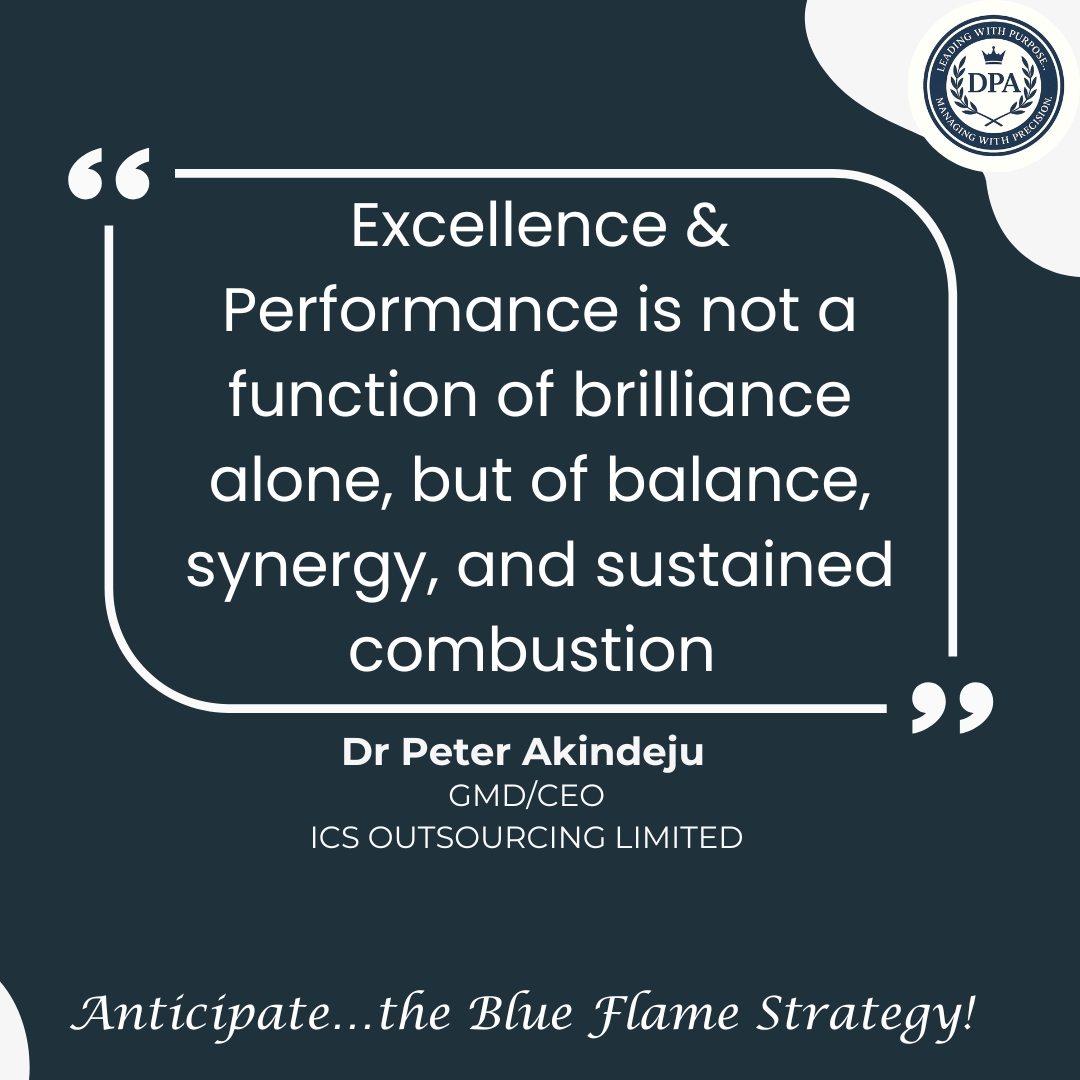
Executive boards, media outlets, and professional accolades often highlight leaders with exceptional intellect, strategic foresight, or innovative flair. However, a growing body of evidence suggests that such brilliance, while valuable, cannot independently guarantee sustainable leadership success.
In today’s volatile, complex, and interdependent business world, excellence is not a singular flash of insight; it is a consistent, renewable force, one that must be managed, nurtured, and strategically deployed. In short, brilliance must be balanced, collaborative, and sustained.
The Limits of Brilliance: Why Balance is the True Foundation
Too often, organizations mistake relentless output for effectiveness. Yet, research shows that high-performing executives are those who manage energy, not just time.
Loehr and Schwartz (2003), in The Power of Full Engagement, propose that human performance is rooted in the rhythmic management of four energy dimensions: physical, emotional, mental, and spiritual. They argue: “Energy, not time, is the fundamental currency of high performance”.
Sustained leadership excellence thus depends on intentional recovery cycles, not perpetual acceleration. Without practices that support renewal, such as boundary-setting, reflection, and personal alignment, even the most brilliant leaders face burnout, decision fatigue, and emotional disconnection.
A recent Harvard Business Review study reinforced this: executives who regularly manage their energy are 71% more effective in leading teams, making decisions, and inspiring followership.
Therefore, pacing oneself is not a concession to weakness, it is rather, a high-performance strategy.
Synergy Over Solo Genius: The End of the Lone Leader
The archetype of the lone genius: the Steve Jobs, Elon Musk, or towering visionary, is increasingly being challenged by organizational science.
Google’s landmark Project Aristotle (Rozovsky, 2015), which studied over 180 high-performing teams, found that individual brilliance was not the key determinant of team success. Rather, psychological safety, equitable communication, and emotional intelligence were the most significant predictors of group effectiveness.
This echoes McChrystal’s (2015) assertion in Team of Teams: “It takes a network to defeat a network”.
Leadership in the 21st century, then, is not about being the smartest person in the room, it is rather about creating environments where collective intelligence can thrive.
Executives who excel today are not those who carry the weight alone, but those who activate, convene, and amplify others. Synergy is the multiplier of modern leadership.
Sustained Combustion: The Long Game of Greatness
To perform consistently at elite levels, leaders need more than inspiration; they require internal combustion systems that are durable and resilient.
Duckworth (2016) introduced the concept of grit, defined as “passion and perseverance for very long-term goals.” Her findings revealed that grit, not IQ, was the most reliable predictor of success across challenging domains.
Similarly, Levitin (2014), in The Organized Mind, demonstrated that high performers are not necessarily more intelligent, but more deliberate in how they organize attention, decision-making, and cognitive load.
This reveals a new dimension of leadership excellence: it is not about burning hotter, but burning smarter and longer.
Toward a New Performance Equation
Given these insights, we must expand our understanding of what it means to lead effectively in modern enterprises. Brilliance alone is insufficient; a more holistic model is needed. This new model reframes excellence as a system, not a singular act. It’s not an award, but a process. Not a personality, but a pattern of decisions, behaviors, and structures that allow leaders to scale their impact sustainably.
The Quiet Revolution in Leadership
We are living through a paradigm shift in leadership. The question is no longer, “Who’s the smartest in the room?” but rather, “Who can stay excellent, stay human, and bring others along?”
This new era of executive performance demands leaders who:
- Regulate their energy and pace themselves wisely
- Foster cultures of safety, synergy, and shared purpose
- Sustain their mission through structure, grit, and discipline
As leaders, let us de-emphasize heroic exhaustion and instead champion balance, collaboration, and sustained excellence.
Utimately, executive performance is not a function of brilliance alone, but of balance, synergy, and sustained combustion.
References
- Duckworth, A. (2016). Grit: The power of passion and perseverance. Scribner.
- Garton, E. (2017). How to be an energy-efficient manager. Harvard Business Review. https://hbr.org/2017/05/how-to-be-an-energy-efficient-manager
- Goleman, D. (1998). Working with emotional intelligence. Bantam Books.
- Levitin, D. J. (2014). The organized mind: Thinking straight in the age of information overload. Dutton.
- Loehr, J., & Schwartz, T. (2003). The power of full engagement: Managing energy, not time, is the key to high performance and personal renewal. Free Press.
- McChrystal, S., Collins, T., Silverman, D., & Fussell, C. (2015). Team of teams: New rules of engagement for a complex world. Portfolio.
- Rozovsky, J. (2015). The five keys to a successful Google team. re:Work by Google. https://rework.withgoogle.com/blog/five-keys-to-a-successful-google-team/

